I have two branches, master and demand_prediction_module.
contents of master branch are:
contents of demand_prediction_module branch are:
when I try to merge demand_prediction_module into master I should get a conflict for the file dem_prediction_module.py. However,
After merging, the dem_prediction_module.py looks like below. The extra pass statement is deleted. but as you can see lines 4 to 7 are different in the 2 files above so why did they NOT give a merge conflict? I want to be able to choose which of the changes I want to keep.Preferrably the one from demand_prediction_module branch.
EDIT Below is the commit history.
I deliberately checkedout to demand_prediction_module branch then made a commit in order to see what happens during and after merging.




